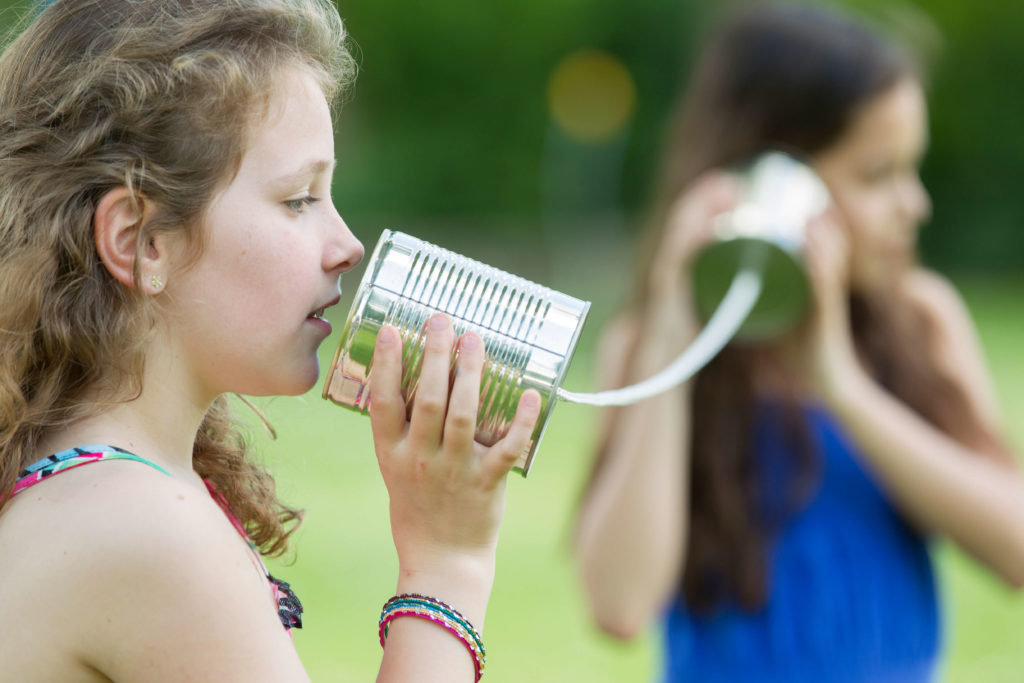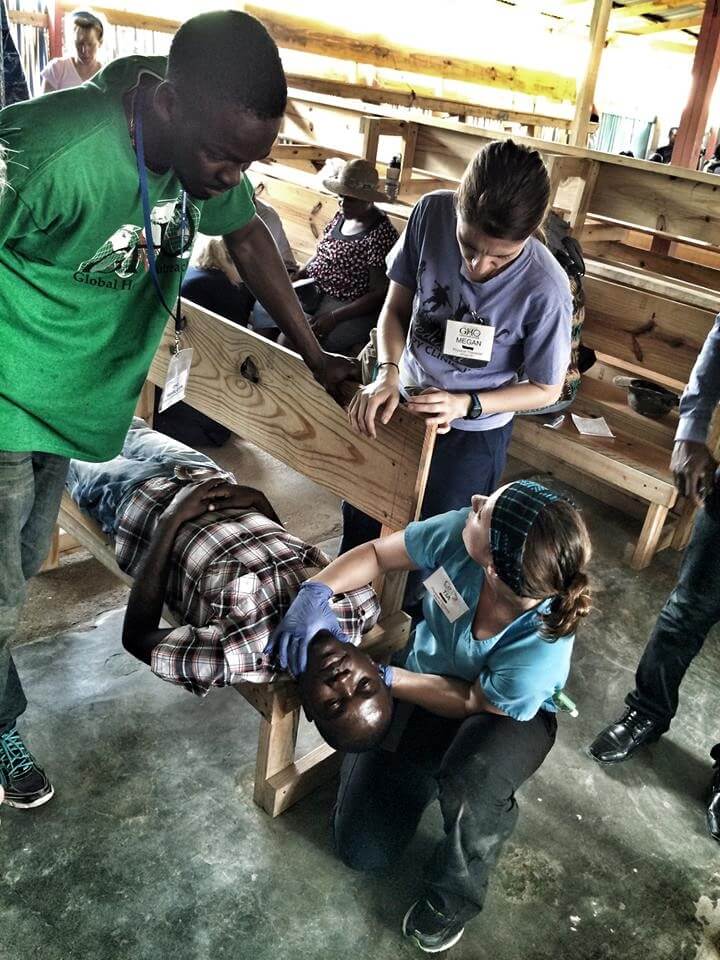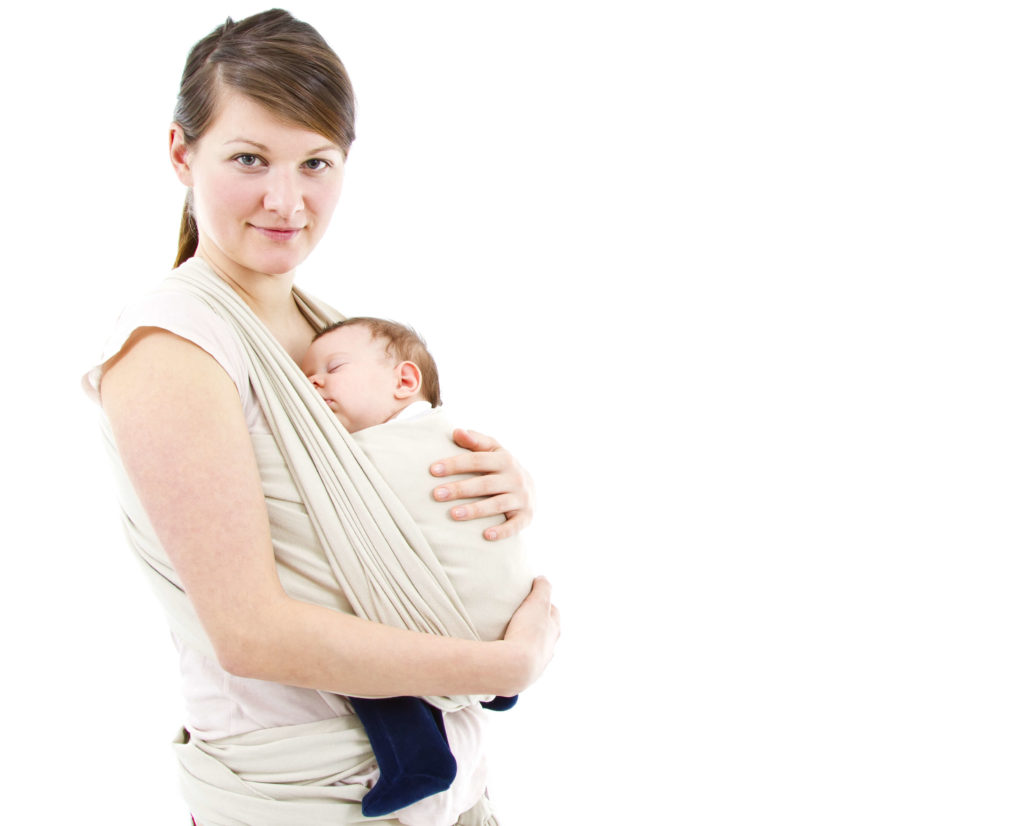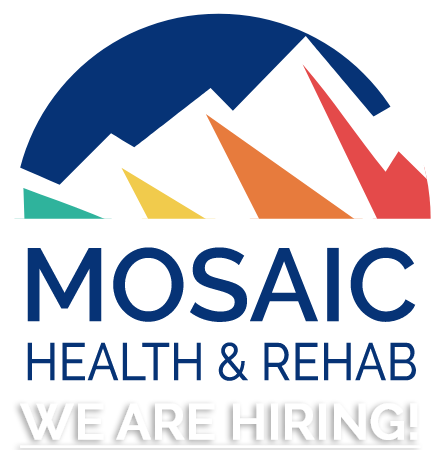Our Blog
04.17.2017
What’s the Difference Between Speech and Language?
We often hear the phrases, “Your child needs speech,” or “My child receives speech therapy,” but it’s not as common to hear, “Your child needs language therapy,” or “My child receives speech and language therapy.” This has led to a lot of confusion for individuals who are not speech-language pathologists. Did you know speech and

05.12.2016
Helping Hands In Haiti
In March, Tia Pester, one of MOSAIC’s physical therapists, went on a medical mission trip to Haiti. Haiti is the poorest country in the western hemisphere. Following the earthquake in 2010, access to routine medical care and clean drinking water became even more limited. As a whole, the country suffers from poor nutrition and lack

08.01.2015
Babywearing
What is Babywearing? Babywearing is the practice of keeping your baby close to you while utilizing one of the many baby carriers that are available to buy. There are many benefits to babywearing including bonding with family and caregivers, ease of skin-to-skin contact (which can aid in breastfeeding), good alignment of developing joints, it keeps

05.15.2017
Feet!
Children’s feet come in all shapes, sizes, and positions. It is difficult to know what is typical and what is not. Additionally it’s difficult to know when to refer to a physical therapist or when to get orthotics. Common physical therapy (PT) referrals include: “toeing in”, “over pronation” and “toe walking”. Interestingly, all of these

04.04.2017
Gross Motor Milestone Series: Jumping
By 24 months of age, 50% of children can jump with both feet off the ground. By 27 months of age, this increases to 75%. Jumping helps to develop leg strength and balance. It requires coordination of upper and lower extremity movements, is used during childhood games, and plays a large role in sports such

10.01.2015
“What’s Going On In There?” Oral Motor Skill Development
When Oral Motor Skills Develop Did you know a baby’s basic oral motor skills develop in the third month of pregnancy? These skills include sucking and swallowing. Development of these skills will help a baby move from liquids (milk or formula) to solid food. Additionally, speech development requires oral motor movements of the jaw, lips,
